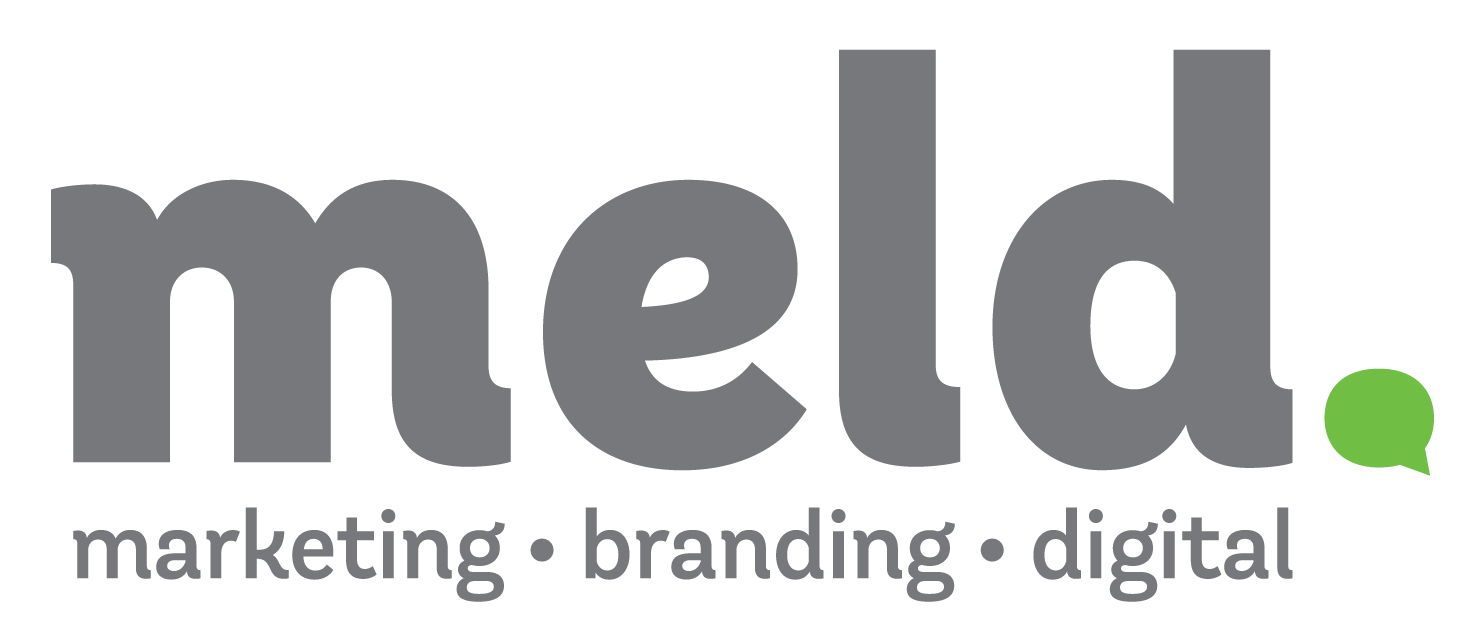Does your paid advertising and organic social content stick out where it doesn’t fit in? Learn how to tailor your content to the specific social channels you are using. While attending Digital Summit 2018 in Chicago, I attended a session by Eric Thomas of Saga MKTG titled Make Your Brand Human: Developing Your Voice for Digital. One key concept he discussed was ensuring your content is relevant to the audience’s interest based on the channel. He shared analogies for some popular platforms, proving that you can share the same key message or call to action and make it relevant to the channel and audience.
Most seasoned marketers know one of the “no-nos” of social media is posting identical content and images across the channels where your audiences are engaged—especially at the same time. Even though there are technologies and integrations to make this incredibly easy to do, you don’t want to duplicate your post without regard for the channel. To attempt to avoid this, many marketers will simply change a few words or basically make the same point expressed in a different way. Though it isn’t technically identical content, it can still alienate your audiences and make your content stand out like a sore thumb. So, while the knee-jerk reaction may be to post on every channel (every time), I encourage you to think closely about your audiences and the types of content they expect to see on the different channels.
Facebook: The Park
Imagine you’re at the park with your friends or family, playing a game of soccer. Everyone is enjoying themselves, having fun, and reconnecting… when out of the blue, a stranger in a suit walks up to you and says, “Hey, need a new accounting firm for your business? Give me a call.” He then slides a business card into your sneaker. You’d be a little concerned, right? Wouldn’t it seem odd? Here you are, enjoying time with your family or friends, and someone is trying to sell accounting services. Let’s say—hypothetically—you actually did have an accounting need. Would you keep the card? Would you later call that guy? Facebook is about connecting with family and friends, engaging in dialogue, and staying in touch with people you know and care about. Yet businesses use it to sell any product and service they can. Even Meld has been guilty of this from time to time.
Instagram: The Party
Instagram posts are typically about lifestyle: people, places, things, food, aspirations, luxury, etc. Musicians, artists, actors, and ‘wannabe’ celebrities frequent Instagram to show where they are and what they are doing. Imagine you are at a party, dancing to some great tunes an amazing DJ is spinning. Out of nowhere, a woman wearing a logo-embroidered dress shirt and slacks dances up to you and starts talking about rewards checking. A little out of place for the environment, and she stands out like a sore thumb.
Twitter: The Microscope
Twitter users are typically hyperfocused on specific issues, topics, or hashtags. While one woman may be obsessed with embroidery fonts, another woman may be really into wine pairings. Suddenly on both of their Twitter feeds, they receive an ad for electrolysis. Neither is interested in hair removal, but now they are seeing this ad just because they might meet a target age and gender demographic. Perhaps instead they might both be interested in these lovely embroidered wine aprons?
LinkedIn: The Networking Conference
Similar to Digital Summit, LinkedIn features business insights, thought leadership, talented people looking for jobs, and great companies searching for new clients and new colleagues. Now picture someone trying to sell clown services for children’s birthday parties at a major business conference—one not related to clowns or children’s entertainment. A little odd perhaps? Sorry to those of you scared of clowns… I hope you can sleep tonight.
How do LinkedIn users respond when someone posts a photo of their food, shares a controversial cartoon, or discusses their political views on LinkedIn? “Keep it on Facebook” or “Keep it Professional on LinkedIn” echoes through the comments. Yet some companies try to sell weight-loss shakes, diapers, and vacation destinations through LinkedIn ads.
So what do you do?
Don’t just repost content from one platform to the other. Think about each social media channel’s focus and audience. Consider the types of content users expect to see there, and consider how your product can or should fit in. The truth is it might not. It is also important to consider your followers’ demographics. Using both in-platform analytics tools as well as tools like Sprout Social, Buffer, and Hootsuite, you can learn more about the common interests or demographics of your followers and fans.
For example, maybe I know that 65 percent of my Twitter followers also follow food-related sites, and 82 percent of my Facebook account followers are married. I can tailor my content as appropriate to those audiences in a way that’s appropriate for the channel’s environment and theme.Let’s take an example of an open house for a realtor. I could promote the same home on multiple channels with a slightly adapted message, but I will likely see mediocre results. Here’s how I might adjust the approach for the same home based on where it’s being promoted, knowing who my followers are on those channels. I’m still promoting the same house, and I’m helping my client ultimately gain greater visibility for their open house. I’ve just tailored the posts for the appropriate channels and audience demographics. While you want your content to stand out, you don’t want it to stand out in a bad way. It should fit the channel and appeal to the audience you are engaging.
By customizing your content for each channel and also determining when it is appropriate not to promote your product or service on a channel (based on the environment), you’ll identify greater results than posting the same content and image on all channels.
It takes more time, but it also generates a greater response. This is why we partner with clients to strategically generate and measure the reach and impact of their social content. Connect with us to learn more!



